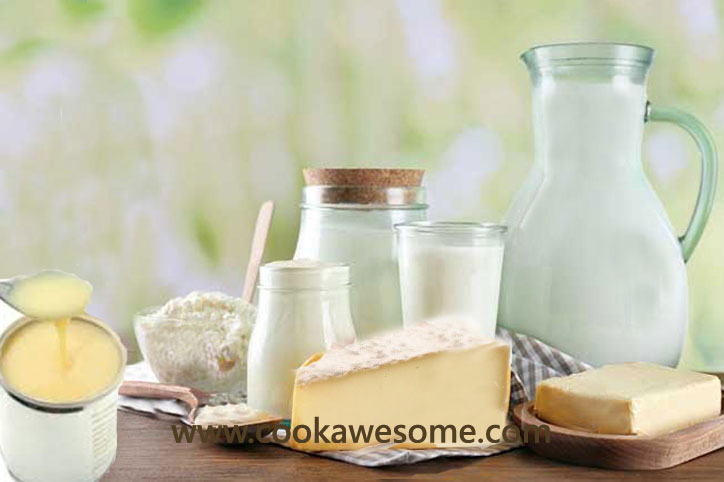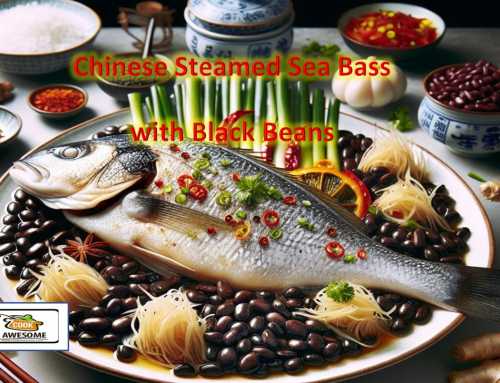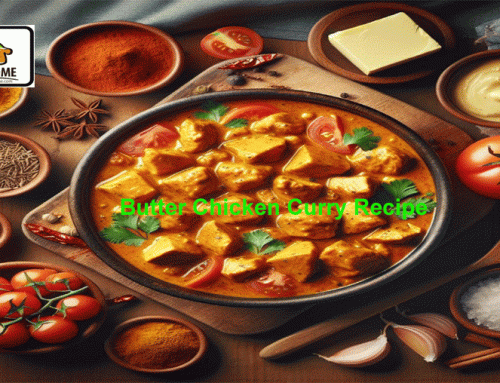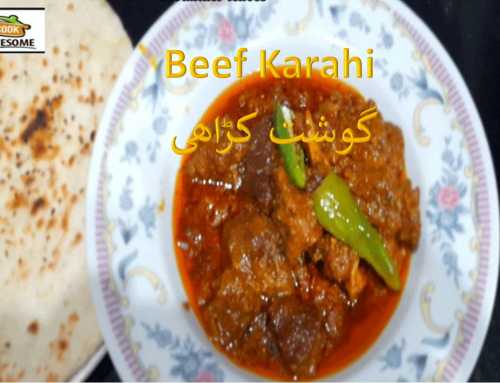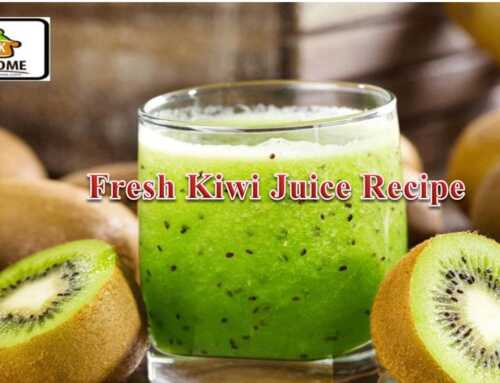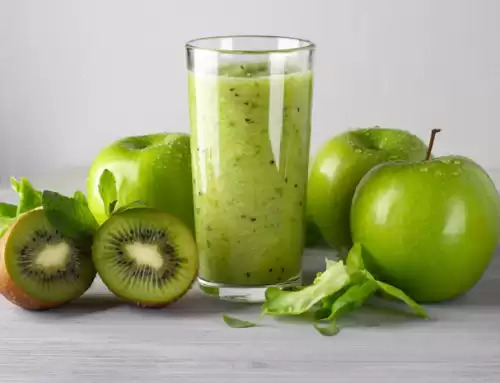There is a number of sauces made are based on dairy products. It is always better to understand the different product s that is used in making cream sauces or you are looking to make lighter and healthier alternatives. By reading the following descriptions, you can easily understand the Use of Dairy Products in Making Sauces. These sauces are healthier and easy to make at home.
Use of Dairy Products in Making Sauces:
Milk
There are several types of milk products available in the market. The choice of milk for making sauces depends on the texture requirement. If you are looking for a richer flavor and creamy texture, choose the whole milk but if you are watching fat levels and looking a lighter sauce, it is recommended that you should go to skim or low-fat milk.
Pasteurized Milk
Most of the milk sold in packing are sold these days are pasteurized, it means heat-treated, to destroy harmful bacteria. This you can keep for up to 5 days in the refrigerator.
Homogenized Milk
In this process, the milk is processed to distribute the fat globules uniformly throughout the milk, Instead of rising to the surface like cream.
Use of Dairy Products in Making Sauces
Sterilized Milk
This milk is homogenized, bottled and then heat-treated for 20 minutes, so it can be kept without refrigeration until bottles are opened.
UHT
In this process, the milk is homogenized then heat-treated at high temperature for just 1-2 seconds. This UHT processed milk has a slightly caramelized flavor but it useful to keep unopened for about a year without refrigeration.
Condensed Milk
This is sweetened milk and is available in cans packing. The condensed milk is boiled to reduce and concentrate on it. It is sweet and very rich in texture but it is useful for rich dessert and sauces. Low-fat versions are available now.
Use of Dairy Products in Making Sauces
Evaporated Milk
The unsweetened milk that has had processed to remove some water through the evaporation process. This milk has a concentrated flavor and slightly caramelized. You can find lighter-fat versions also. Evaporated milk is available either in cans or long life packages.
Goat’s Milk
Many people who are allergic to cow milk can take goat’s milk that is now widely available and could be used as a substitute for ordinary milk in cooking. The goat’s milk has a similar flavor, although it is slightly sharper and more digestible.
Use of Dairy Products in Making Sauces
Cream
All types of cream can be used to enrich and thicken both sweet and savory dishes and sauces either cold or hot. The main creams are as follows.
Light Cream
This light cream has a lower fat content of just 18 percent that is too low for whipping. This cream will not withstand separating but can be stirred into gravies and sauces at the end of cooking to enhance the flavor.
Sour Cream
This is really light cream with an added souring culture that sharpens the flavor and thickens the texture.
Heavy Cream
The heavy cream has 48 percent fat content. This cream almost doubles in bulk when it is whipped. It is good in hot sauces because it can withstand boiling without separating.
Whipping Cream
This cream has 35 percent of fat and whips up to a light texture or can be stirred into sauces after cooking and for the decoration of the cake.
It is interesting to note that when whipping heavy cream, you reduce the risk of over-beating and expand the volume by adding 1 tbsp milk to each 2/3 cup cream. Use a hand whisk instead of an electric beater, so you will have a better control over the speed.
Crème fraîche
It has a mild, tangy flavor similar to that of sour cream that makes it great for use in both sweet and savory sauces and dressing. Crème fraîche has around 40 percent fat content. It is more stable tan sour cream when heated. You can also purchase a low-fat version add to hot sauces successfully without curdling.
Use of Dairy Products in Making Sauces
Yogurt
Yogurt and other low-fat dairy products like fromage frais, make excellent lighter replacements in many sweet and sour dishes and sauces. You can add as a direct substitute to add a light tang to all kinds of uncooked sauces and gravies. For cooked sauces, yogurt must be stabilized first with cornstarch.
Plain Yogurt
Make plain yogurt from cow’s or sheep’s milk. It is richer in flavor and texture than low-fat yogurts but still only has a fat content of around 9-10 percent, so it makes a light substitute for cream in sauces.
Low-fat yogurt
Use low-fat milk in making low-fat yogurt. Very low-fat yogurt uses skim milk. Both types have quite a sharp, tangy flavor that can be refreshing when used in light sauces, dressings, and dips.
Stabilizing yogurt for Sauces
If you want to prevent yogurt from separating in cooked curries or sauces, you mix 1 teaspoon cornstarch to each 2/3 cup yogurt. Combine the cornstarch and a little yogurt into a smooth paste before adding in curries and add to the sauce and cook as instructed in the recipe.

